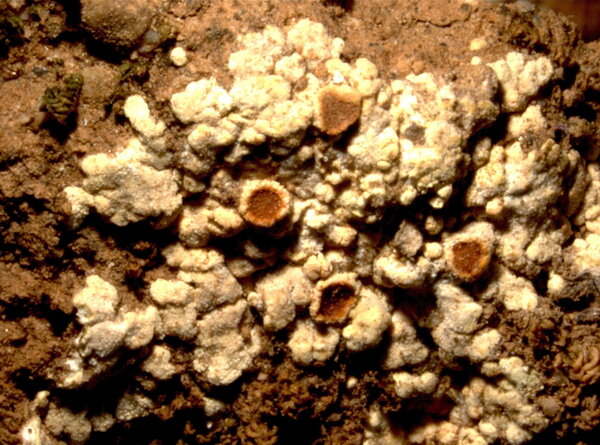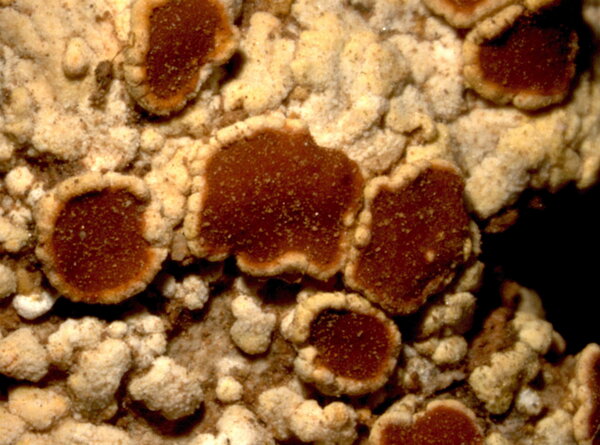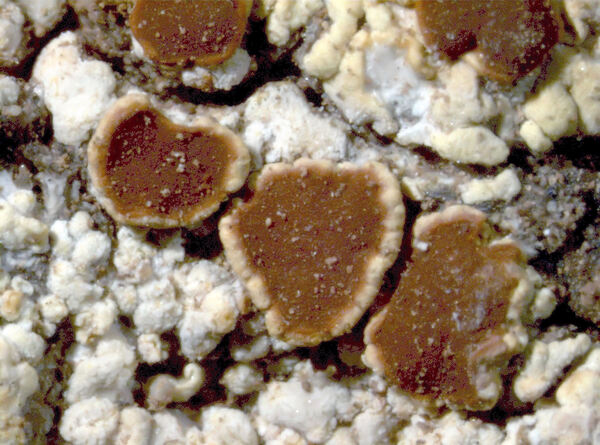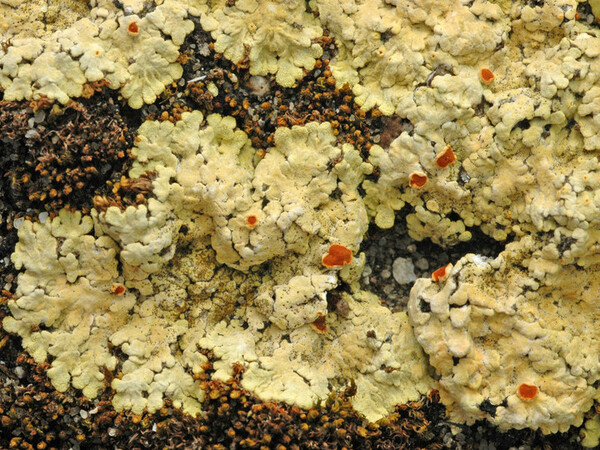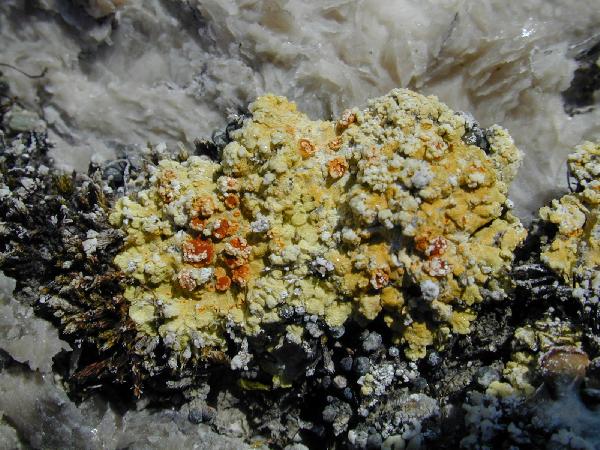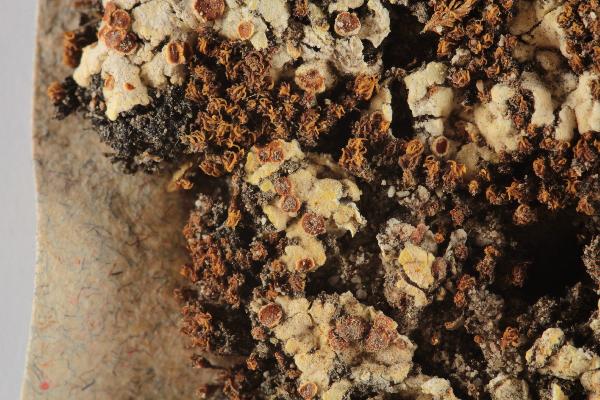Gyalolechia fulgens (Sw.) Søchting, Frödén & Arup
in Arup & al., Nord. J. Bot., 31: 70, 2013. Basionym: Lichen fulgens Sw. - N. Acta Acad. Upsal., 4: 246, 1784.
Synonyms: Caloplaca fulgens (Sw.) Körb.; Fulgensia fulgens (Sw.) Elenkin; Fulgensia vulgaris A. Massal. & De Not.; Lecanora fulgens (Sw.) Ach.; Placodium fulgens (Sw.) DC.; Psoroma fulgens (Sw.) A. Massal.; Squamaria fulgens (Sw.) Hook.; Squamaria fulgens var. decipiens Anzi
Distribution: N - VG, Ven (Lazzarin 2000b), TAA (De Benetti & Caniglia 1993), Lomb, Piem (Clerc & al. 1999, Isocrono & al. 2003, Morisi 2005, Gheza 2020), VA (Piervittori & Isocrono 1999), Emil (Nimis & al. 1996, Fariselli & al. 2020), Lig (Brunialti & al. 1999, Giordani & al. 2016). C - Tosc (Loppi & al. 1998, 2004b, Benesperi 2006, Pasquinelli & Puccini 2010, Fanfarillo & al. 2024), Marc (Nimis & Tretiach 1999), Umb (Genovesi & al. 2001, Ravera & al. 2006, Panfili 2007), Laz (Brackel 2015, Di Pietro & al. 2022), Abr (Nimis & Tretiach 1999, Gheza & al. 2021), Mol (Nimis & Tretiach 1999, Caporale & al. 2008, Brackel 2020). S - Camp (Garofalo & al. 1999, Aprile & al. 2002, 2003, 2003b, Nimis & Tretiach 2004, Garofalo & al. 2010), Pugl, Bas (Potenza & Fascetti 2005, 2012, Potenza & al. 2010, Brackel 2011, Gianfreda & Matino 2020), Cal (Puntillo 1996), Si (Grillo 1998, Grillo & Caniglia 2004, Cataldo & Minissale 2013).
Description: Thallus crustose-placodioid, almost monophyllous, episubstratic, pale yellow to orange-yellow, sometimes yellowish-white-pruinose, forming orbicular, up to 3-4 cm wide rosettes, with a verrucose-areolate central part and radiating marginal lobes. Lobes 1-2(-3) mm broad, concave to flat, contiguous to separate at margin, fused towards the centre. Apothecia frequent, rounded, sessile, 0.5-1.5(-2.5) mm across, with an orange to brownish orange, concave to flat, smooth disc, and a thin, orange-yellow margin. Epithecium orange-yellow, K+ purple-red; hymenium and hypothecium colourless. Asci 8-spored, clavate, functionally unitunicate, apically thickened with a broad internal beak, the inner part of apex and external cap I+ blue, Teloschistes-type. Ascospores 1-celled, rarely 1-septate, hyaline, thin-walled, of different forms within the same apothecium (from ovoid to slightly pyriform), 7-16 x 3.5-5(-6) µm. Pycnidia orange-yellow, immersed. Conidia narrowly ellipsoid. Photobiont chlorococcoid. Spot tests: thallus and apothecia K+ purple-red, C-, KC-, P-, UV+ pale orange. Chemistry: fragilin dominant, with smaller amounts of emodin and parietin and other anthraquinones (minor).Note: a subtropical to temperate lichen found on calcareous rocks and thin layers of soil, often in rock fissures below the subalpine belt.
Growth form: Crustose placodiomorph
Substrata: rocks, soil, terricolous mosses, and plant debris
Photobiont: green algae other than Trentepohlia
Reproductive strategy: mainly sexual
Subcontinental: restricted to areas with a dry-subcontinental climate (e.g. dry Alpine valleys, parts of Mediterranean Italy)
Commonnes-rarity: (info)
Alpine belt: absent
Subalpine belt: absent
Oromediterranean belt: absent
Montane belt: rare
Submediterranean belt: rather common
Padanian area: very rare
Humid submediterranean belt: rather common
Humid mediterranean belt: rather rare
Dry mediterranean belt: rather rare
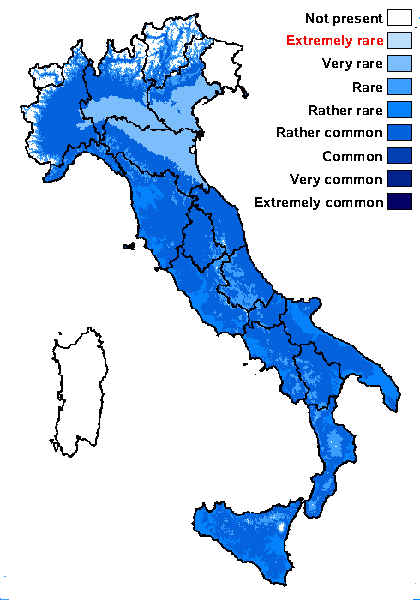
Predictive model
Herbarium samples
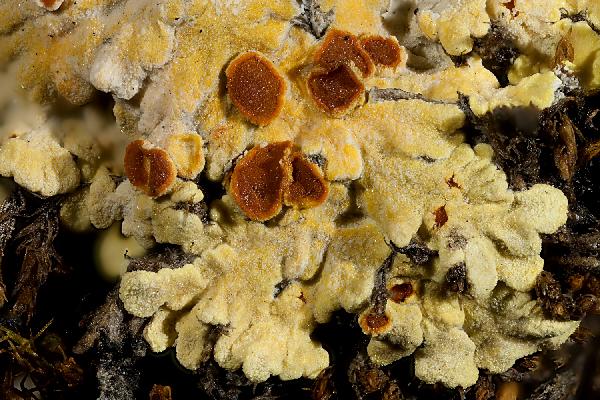
Ulrich Kirschbaum CC BY-SA 4.0 - Source: https://www.thm.de/lse/ulrich-kirschbaum/flechtenbilder
Central Europe; Germany: Bavaria.
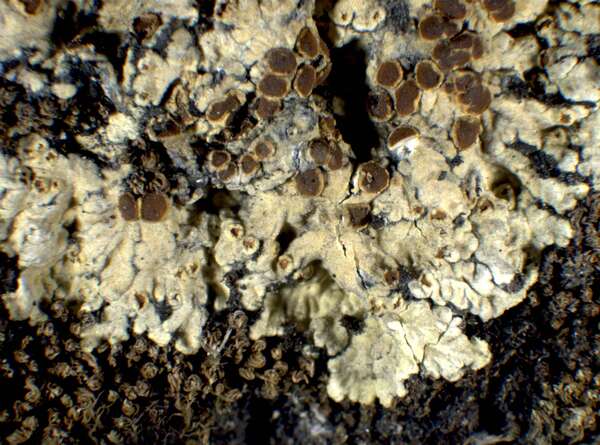

P.L. Nimis; Owner: Department of Life Sciences, University of Trieste
Herbarium: TSB (5085)
2001/11/24
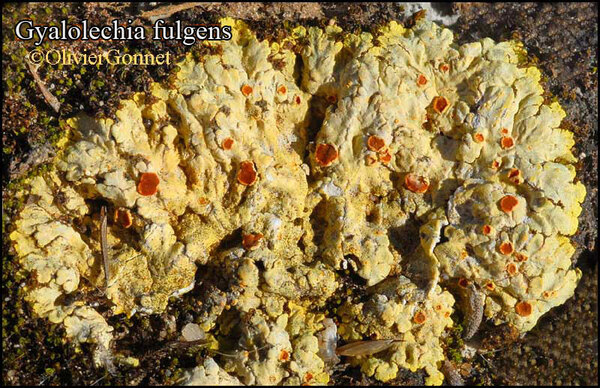
Courtesy Danièle et Olivier Gonnet - Source: https://www.afl-lichenologie.fr/Photos_AFL/Photos_AFL_G/Textes_G1/Gyalolechia_fulgens.htm
France, au niveau du sol - Session AFL 2008 - Lozère
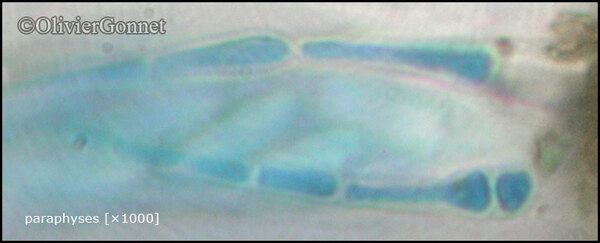
Courtesy Danièle et Olivier Gonnet - Source: https://www.afl-lichenologie.fr/Photos_AFL/Photos_AFL_G/Textes_G1/Gyalolechia_fulgens.htm
France, près de Rocamadour, alt. 250 m - Lot
21/5/2015

Courtesy Danièle et Olivier Gonnet - Source: https://www.afl-lichenologie.fr/Photos_AFL/Photos_AFL_G/Textes_G1/Gyalolechia_fulgens.htm
France, près de Rocamadour, alt. 250 m - Lot
21/5/2015
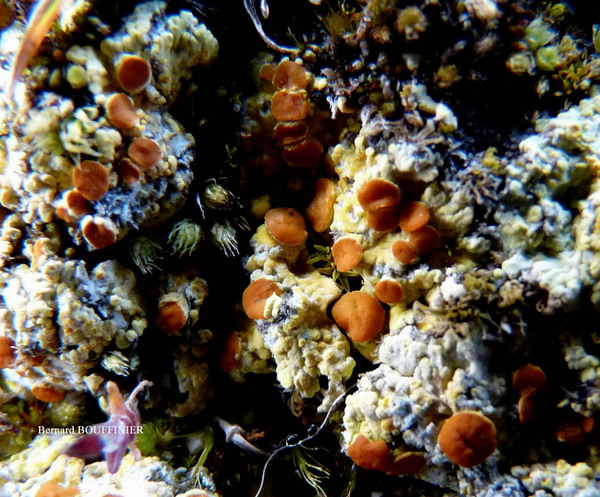
Bernard Bouffinier - Source: http://www.lichensmaritimes.org/index.php?task=fiche&lichen=144&lang=en
France, Tréflez

Michel David - Source: http://www.lichensmaritimes.org/index.php?task=fiche&lichen=144&lang=en
France, La Palue
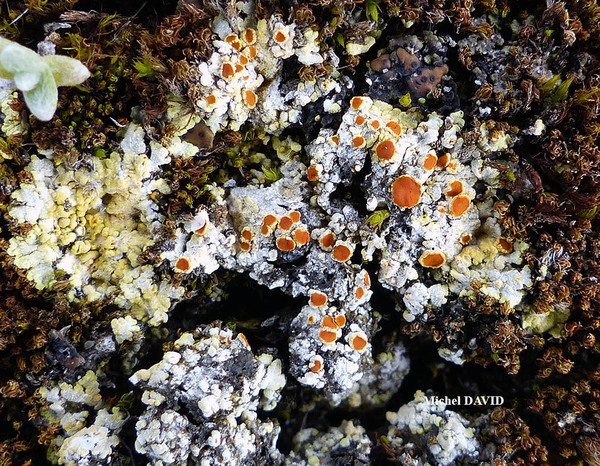
Michel David - Source: http://www.lichensmaritimes.org/index.php?task=fiche&lichen=144&lang=en
France, La Palue
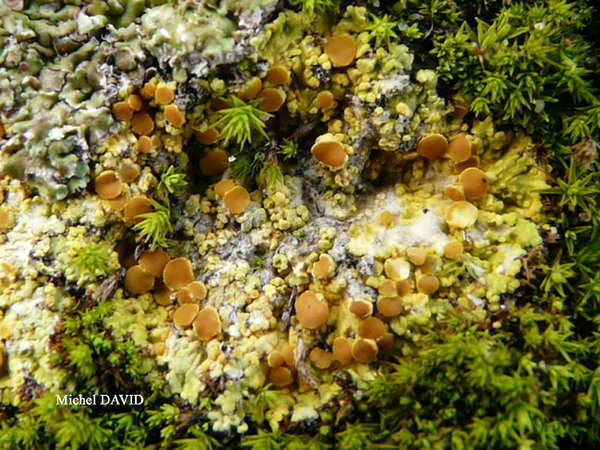
Michel David - Source: http://www.lichensmaritimes.org/index.php?task=fiche&lichen=144&lang=en
France, La Palue
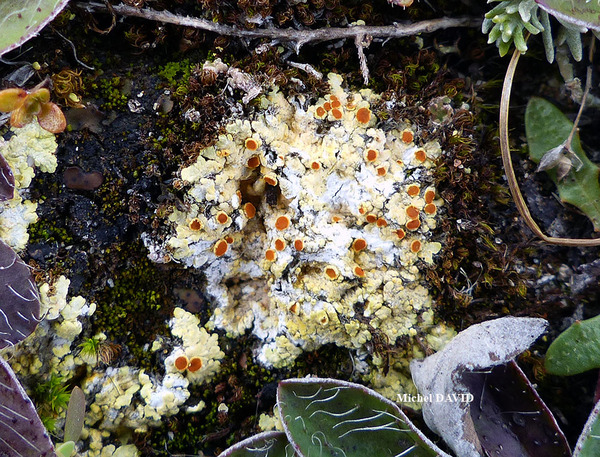
Michel David - Source: http://www.lichensmaritimes.org/index.php?task=fiche&lichen=144&lang=en
France, Lostmarc'h
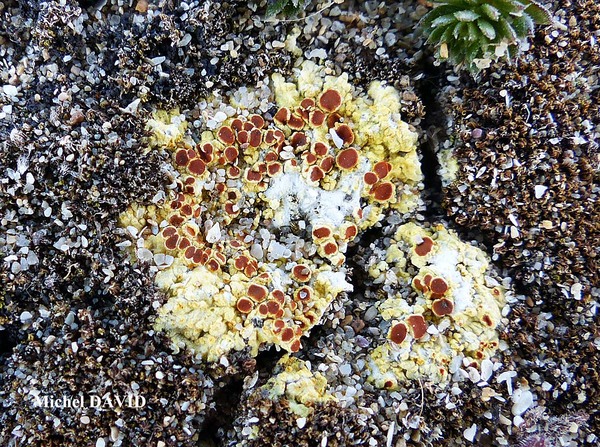
Michel David - Source: http://www.lichensmaritimes.org/index.php?task=fiche&lichen=144&lang=en
France, Camaret, Pen Hat
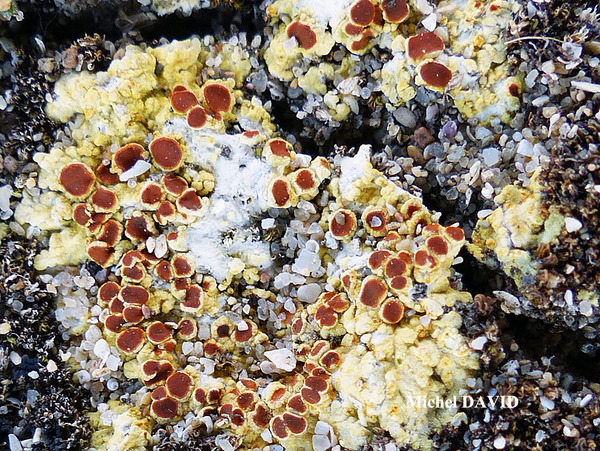
Michel David - Source: http://www.lichensmaritimes.org/index.php?task=fiche&lichen=144&lang=en
France, Camaret, Pen Hat

Michel David - Source: http://www.lichensmaritimes.org/index.php?task=fiche&lichen=144&lang=en
France, Camaret

Michel David - Source: http://www.lichensmaritimes.org/index.php?task=fiche&lichen=144&lang=en
France, Camaret
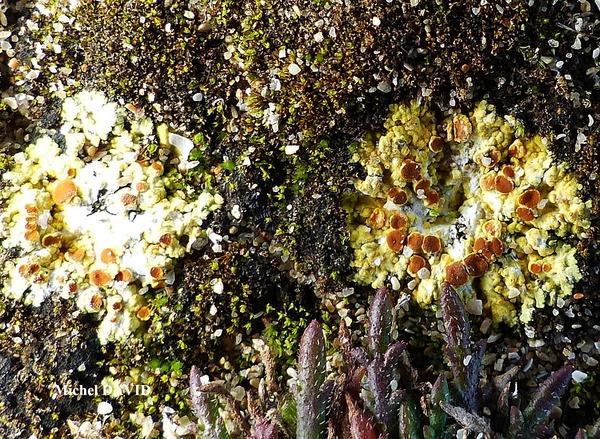
Michel David - Source: http://www.lichensmaritimes.org/index.php?task=fiche&lichen=144&lang=en
France, Camaret, Pen Hat
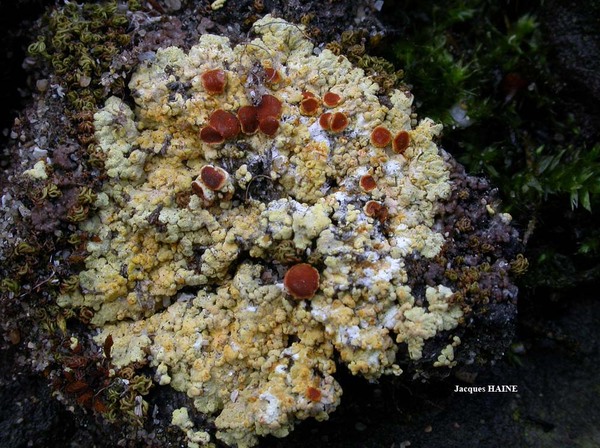
Jacques Haine - Source: http://www.lichensmaritimes.org/index.php?task=fiche&lichen=144&lang=en
France, Laon
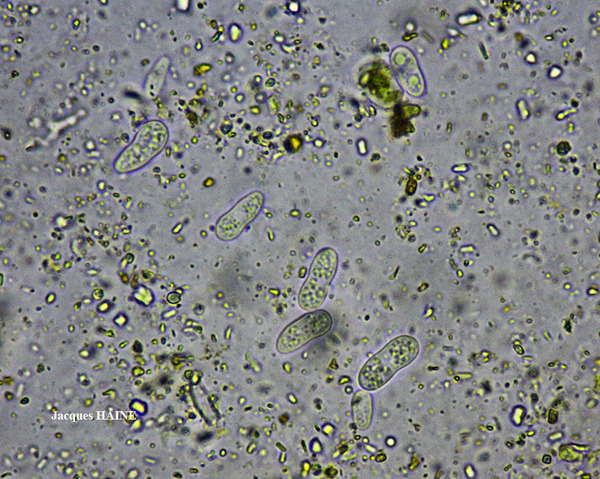
Jacques Haine - Source: http://www.lichensmaritimes.org/index.php?task=fiche&lichen=144&lang=en
France
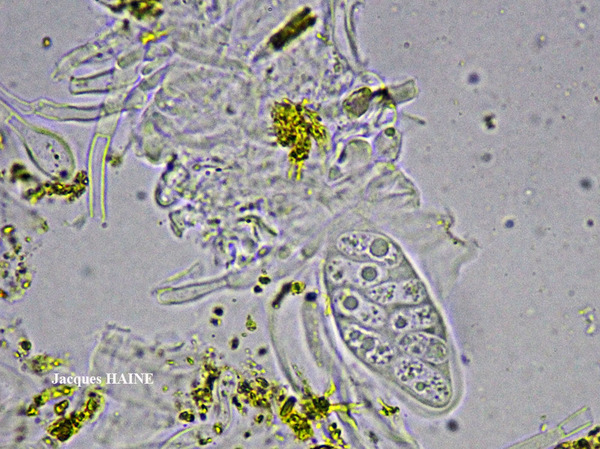
Jacques Haine - Source: http://www.lichensmaritimes.org/index.php?task=fiche&lichen=144&lang=en
France
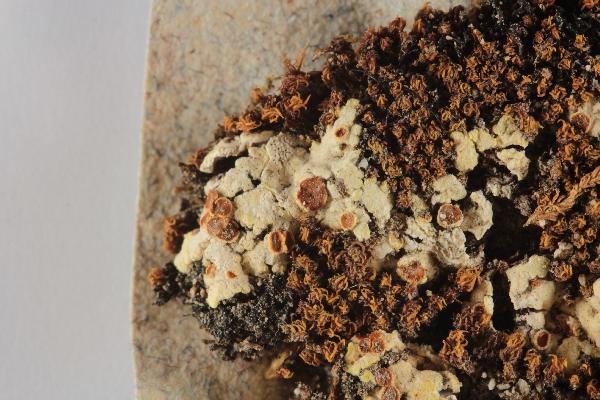
Collezione lichenologica Abramo Massalongo del Museo di Storia Naturale G. Ligabue di Venezia - Autori: Seggi, Linda; Trabucco, Raffaella Proprietà: Fondazione Musei Civici di Venezia - CC BY-NC
Italy, Veneto, in op. Tregnago Rara
as Fulgensia vulgaris
Growth form: Crustose placodiomorph
Substrata: rocks, soil, terricolous mosses, and plant debris
Photobiont: green algae other than Trentepohlia
Reproductive strategy: mainly sexual
Subcontinental: restricted to areas with a dry-subcontinental climate (e.g. dry Alpine valleys, parts of Mediterranean Italy)
Commonnes-rarity: (info)
Alpine belt: absent
Subalpine belt: absent
Oromediterranean belt: absent
Montane belt: rare
Submediterranean belt: rather common
Padanian area: very rare
Humid submediterranean belt: rather common
Humid mediterranean belt: rather rare
Dry mediterranean belt: rather rare

Predictive model
| Herbarium samples |

Ulrich Kirschbaum CC BY-SA 4.0 - Source: https://www.thm.de/lse/ulrich-kirschbaum/flechtenbilder
Central Europe; Germany: Bavaria.


P.L. Nimis; Owner: Department of Life Sciences, University of Trieste
Herbarium: TSB (5085)
2001/11/24

Courtesy Danièle et Olivier Gonnet - Source: https://www.afl-lichenologie.fr/Photos_AFL/Photos_AFL_G/Textes_G1/Gyalolechia_fulgens.htm
France, au niveau du sol - Session AFL 2008 - Lozère

Courtesy Danièle et Olivier Gonnet - Source: https://www.afl-lichenologie.fr/Photos_AFL/Photos_AFL_G/Textes_G1/Gyalolechia_fulgens.htm
France, près de Rocamadour, alt. 250 m - Lot
21/5/2015

Courtesy Danièle et Olivier Gonnet - Source: https://www.afl-lichenologie.fr/Photos_AFL/Photos_AFL_G/Textes_G1/Gyalolechia_fulgens.htm
France, près de Rocamadour, alt. 250 m - Lot
21/5/2015

Bernard Bouffinier - Source: http://www.lichensmaritimes.org/index.php?task=fiche&lichen=144&lang=en
France, Tréflez

Michel David - Source: http://www.lichensmaritimes.org/index.php?task=fiche&lichen=144&lang=en
France, La Palue

Michel David - Source: http://www.lichensmaritimes.org/index.php?task=fiche&lichen=144&lang=en
France, La Palue

Michel David - Source: http://www.lichensmaritimes.org/index.php?task=fiche&lichen=144&lang=en
France, La Palue

Michel David - Source: http://www.lichensmaritimes.org/index.php?task=fiche&lichen=144&lang=en
France, Lostmarc'h

Michel David - Source: http://www.lichensmaritimes.org/index.php?task=fiche&lichen=144&lang=en
France, Camaret, Pen Hat

Michel David - Source: http://www.lichensmaritimes.org/index.php?task=fiche&lichen=144&lang=en
France, Camaret, Pen Hat

Michel David - Source: http://www.lichensmaritimes.org/index.php?task=fiche&lichen=144&lang=en
France, Camaret

Michel David - Source: http://www.lichensmaritimes.org/index.php?task=fiche&lichen=144&lang=en
France, Camaret

Michel David - Source: http://www.lichensmaritimes.org/index.php?task=fiche&lichen=144&lang=en
France, Camaret, Pen Hat

Jacques Haine - Source: http://www.lichensmaritimes.org/index.php?task=fiche&lichen=144&lang=en
France, Laon

Jacques Haine - Source: http://www.lichensmaritimes.org/index.php?task=fiche&lichen=144&lang=en
France

Jacques Haine - Source: http://www.lichensmaritimes.org/index.php?task=fiche&lichen=144&lang=en
France

 INDEX FUNGORUM
INDEX FUNGORUM
 GBIF
GBIF
 DOLICHENS
DOLICHENS
